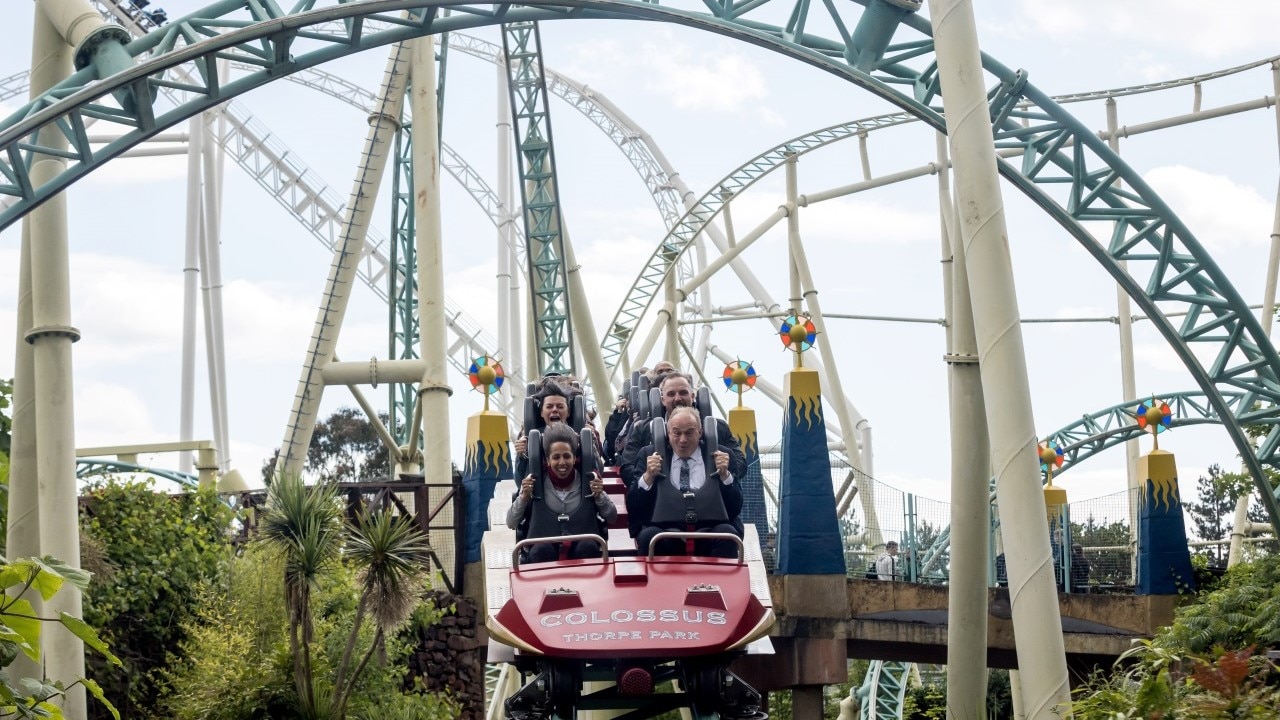Health Check: With the FDA’s approval, EBR is ready to revolutionise the heart failure device market
The US Food & Drug Administration has approved EBR System’s leadless pacemaker WISE, the only device able to deliver left-ventricle stimulation.

Stockhead
Don't miss out on the headlines from Stockhead. Followed categories will be added to My News.
The FDA has approved EBR’s WISE device, the world’s only leadless pacemaker for left-ventricle stimulation
The company will undergo a cautious staged rollout in the US$3.6 billion-a-year US addressable market
Management says the advent of wireless right ventricle pacemakers will help to growth the market
The US Food & Drug Administration (FDA) has approved EBR Systems' (ASX:EBR) WISE wireless pacemaker device, thus opening a US$3.6 billion-a-year addressable market for the California-based device maker.
Ecstatic CEO John McCutcheon said the FDA's imprimatur transitions the company from R&D to commercial stage.
“It’s a spectacular day for us and for shareholders,” he told Stockhead.
“It’s something we have been working towards for some time.
“It changes us from a clinical company with a commercial footing where it’s more about execution and growth.”
EBR has been building inventory at its Silicon Valley facility, with a view to first sales in late 2025 as part of a cautious initial rollout.
While European regulators approved WISE in 2018, the US is EBR’s first commercial market.
Despite management's jubilation, some apparent devil in the detail sent the shares tumbling as much as 15%.
The approval had been widely expected.
WISE up to the potential
WISE is the first wireless pacemaker for “heart failure” and “the world’s first and only leadless solution for left ventricular endocardial pacing”.
WISE stands for ‘wireless stimulation endocardially’.
The device tackles the age-old problem of accessing the left ventricle for cardiac resynchronisation therapy (CRT).
CRT is a subset of the cardiac rhythm management sector that includes bradycardia pacing (for low heartbeat) and defibrillation (for dangerous rapid heartbeat).
CRT is for when the right and left ventricles have not been opening and closing in sync.
As a result, the left ventricle gets distended and can’t squeeze enough blood.
When back in synchrony, the left ventricle returns to normal size.
Traditional lead-based pacemakers are prone to lead failure and infection.
Because of the dangers of blood clots, they have not been inserted directly into the left ventricle and are thus less effective for CRT.
Lifesaving grain of rice
The size of a grain of rice, WISE is embedded endocardially (into the heart) to provide left ventricle pacing stimulation.
Placed between the ribs, a transmitter picks up the ‘groove’ of the right ventricle and sends a signal to the WISE electrode.
The ultrasound energy is converted into electrical energy to stimulate the left ventricle.
WISE is intended to be used alongside existing leadless pacing devices from device giants Medtronic and Abbott (with Boston Scientific excepted to release one this year).
McCutcheon says there are “subtle but important distinctions” between WISE and these pacemakers.
WISE is intended to be used alongside these devices
Without delving too deeply into heart anatomy 101, the existing devices treat conditions that usually don’t usually cause heart failure, such as arrythmias and bradycardia (slow heartbeat).
“In these cases, are treated in the right ventricle, but with heart failure the left ventricle needs to be included for the condition to be treated effectively.”
FDA allows broad usage
The FDA’s approval covers patients at least 22 years old, with an implanted right ventricular pacing system.
These patients either haven’t been able to be treated with CRT, or are at at “high risk” of problems resulting from a lead-based upgrade.
“Previously untreatable” patients may have been subject to an unsuccessful attempt to plant a lead into the coronary sinus.
One “high risk” scenario is when a patient with a lead-based pacemaker progresses to needing CRT, but a left ventricle lead would be too risky.
In these cases, the patient might be re-installed with a leadless right ventricle device, in conjunction with WISE.
In other cases, leads may have been removed because of infection and re-installing them risks further infection.
Or the leads simply have failed – as they do in 4% of cases.
Boil the kettle, not the ocean
In expectation of approval, EBR has been building inventory at its facility at Santa Clara in the Silicon Valley.
Initially, the company will target a small number of heart clinics until cardiologists and surgeons become more familiar with the product.
“We don’t want to boil the ocean, we want to be targeted,” McCutcheon says.
A staged launch also enables the company to pick up problems before they become bigger (expensive device recalls have been common in the sector).
“I’ve done a lot of new technology launches, but as smart as we think we are there’s always something we didn’t learn,” McCutcheon says.
Who’s paying?
There’s no point developing a revolutionary device if it is not eligible for reimbursement from insurers and the public health system.
McCutcheon says EBR is confident of US$45,000 per procedure, “but we certainty want to try to get more than that.”
Classed as a breakthrough device, WISE is eligible for two special payment pathways: Transitional Coverage for Emerging Technologies and the New Technology Add-on Payment.
These should enhance public Centers for Medicare & Medicaid Services funding.
McCutcheon adds that US health czar Robert F Kennedy Junior has expressed an interest in getting new medical technologies to market, so the regulatory vibes are positive.
As Stockhead we tell it as it is. While EBR Systems is a Stockhead advertiser, the company did not sponsor this article
Originally published as Health Check: With the FDA’s approval, EBR is ready to revolutionise the heart failure device market






